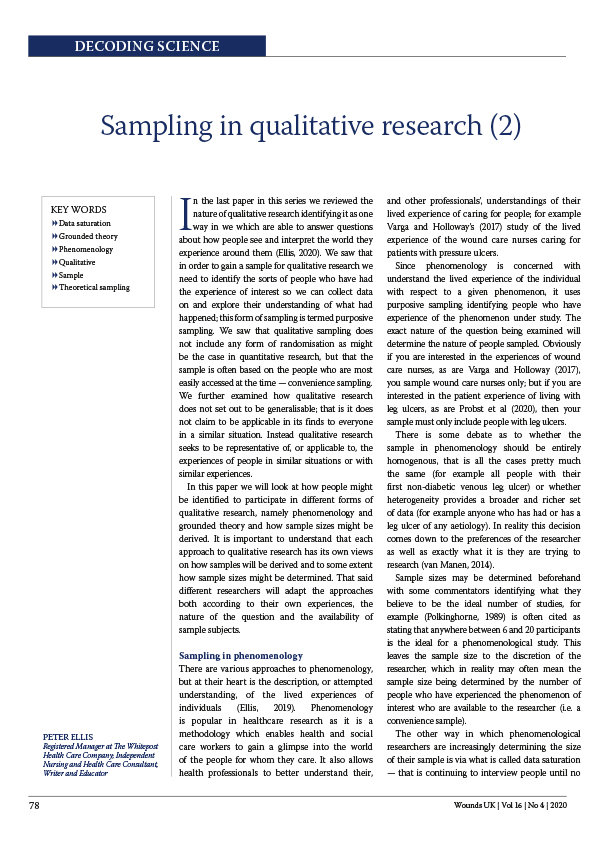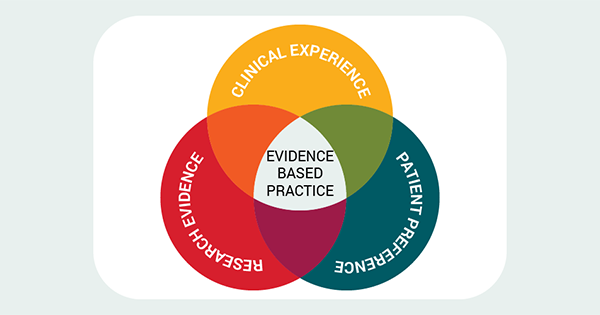In the last paper in this series we reviewed the nature of qualitative research identifying it as one way in we which are able to answer questions about how people see and interpret the world they experience around them (Ellis, 2020). We saw that in order to gain a sample for qualitative research we need to identify the sorts of people who have had the experience of interest so we can collect data on and explore their understanding of what had happened; this form of sampling is termed purposive sampling. We saw that qualitative sampling does not include any form of randomisation as might be the case in quantitative research, but that the sample is often based on the people who are most easily accessed at the time — convenience sampling. We further examined how qualitative research does not set out to be generalisable; that is it does not claim to be applicable in its finds to everyone in a similar situation. Instead qualitative research seeks to be representative of, or applicable to, the experiences of people in similar situations or with similar experiences. In this paper we will




